menu
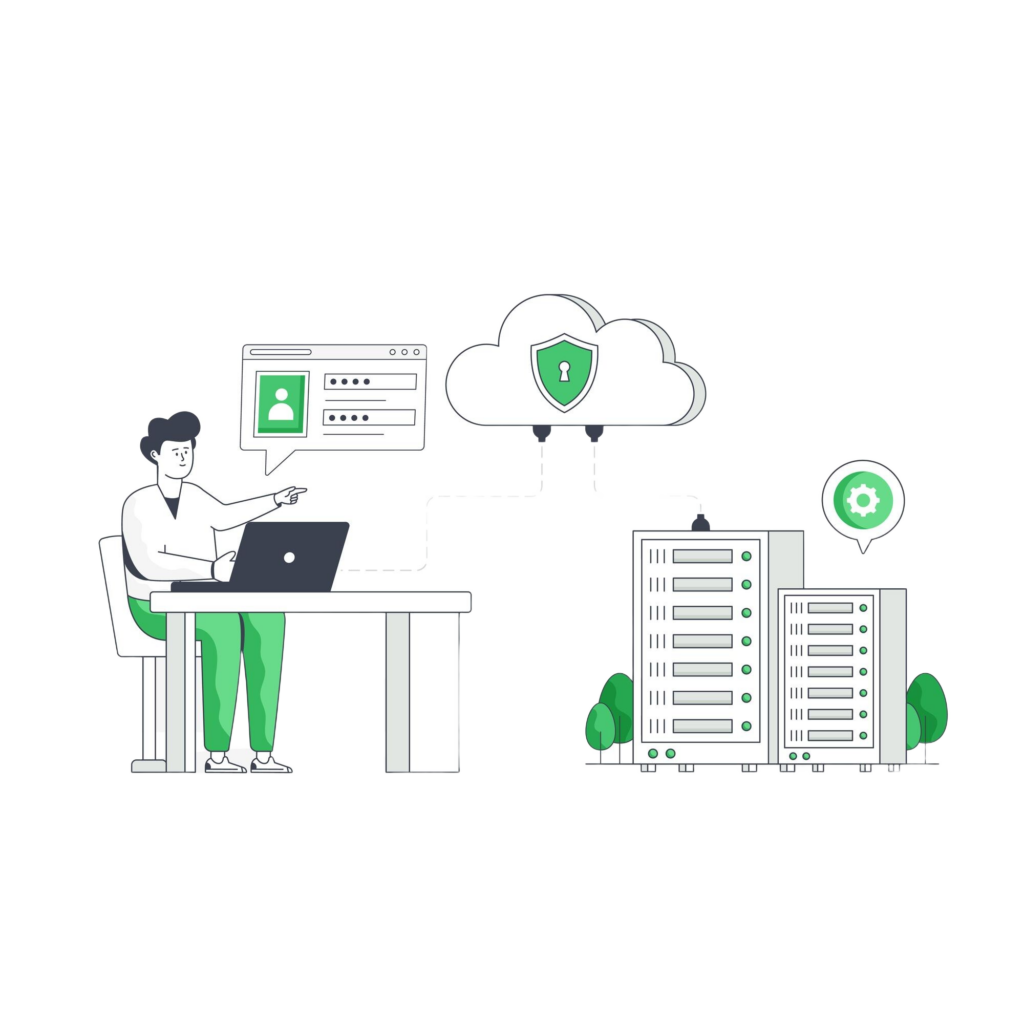
Managing Your Cloud Security Posture
We give you more than your standard CSPM platform. Along with continuous misconfiguration identification and remediation, We provide you with the data that surrounds each issue, so you understand their full risk profile.
1.
Assessment
This involves identifying all cloud assets, services, and resources being used across various environments (public, private, hybrid). Automated tools scan for misconfigurations, vulnerabilities, and compliance risks, mapping out the entire cloud architecture to understand potential security gaps.
2.
Continuous Monitoring
This step involves setting up automated alerts for suspicious activity, misconfigurations, non-compliance with policies, and unauthorized changes to the infrastructure. The goal is to identify threats or potential weaknesses as they arise to mitigate risks before they become security incidents.
3.
Remediation
Automated remediation tools can fix misconfigurations, enforce best practices, and continuously improve the posture of the cloud environment. Regular audits and reporting ensure ongoing compliance with industry standards and regulations (e.g., GDPR, HIPAA), and manual intervention may be needed for complex security issues.

Real-Time Posture Management and Remediation
Continuously monitoring cloud environments to identify vulnerabilities or misconfigurations and automatically applying corrective actions in real-time to ensure compliance and mitigate potential security risks.
Quick Deployment. Fast Results.
Let’s be honest. You don’t want to wait weeks or months for a deployment.
That’s why our tech guardians have developed a fully automated deployment for our Managed Security Services. So you’re up and running in minutes.
Our solution immediately improves your security posture and then continuously optimises it. By combining AI, automation and human expertise, we detect threats earlier and respond faster.
End-to-end detection and response in one place.
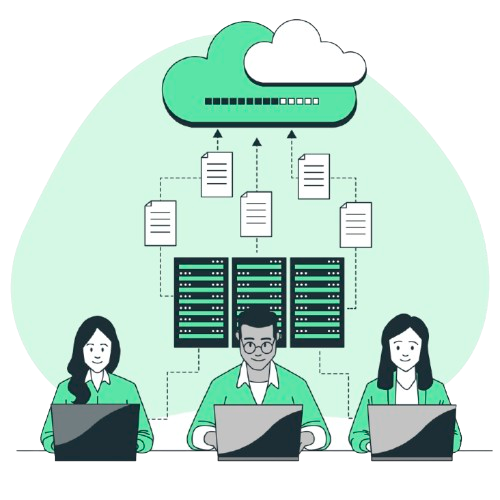
Vulnerability Scanning
Critical Issues Detection
Years of Experience
External Exposure Detection
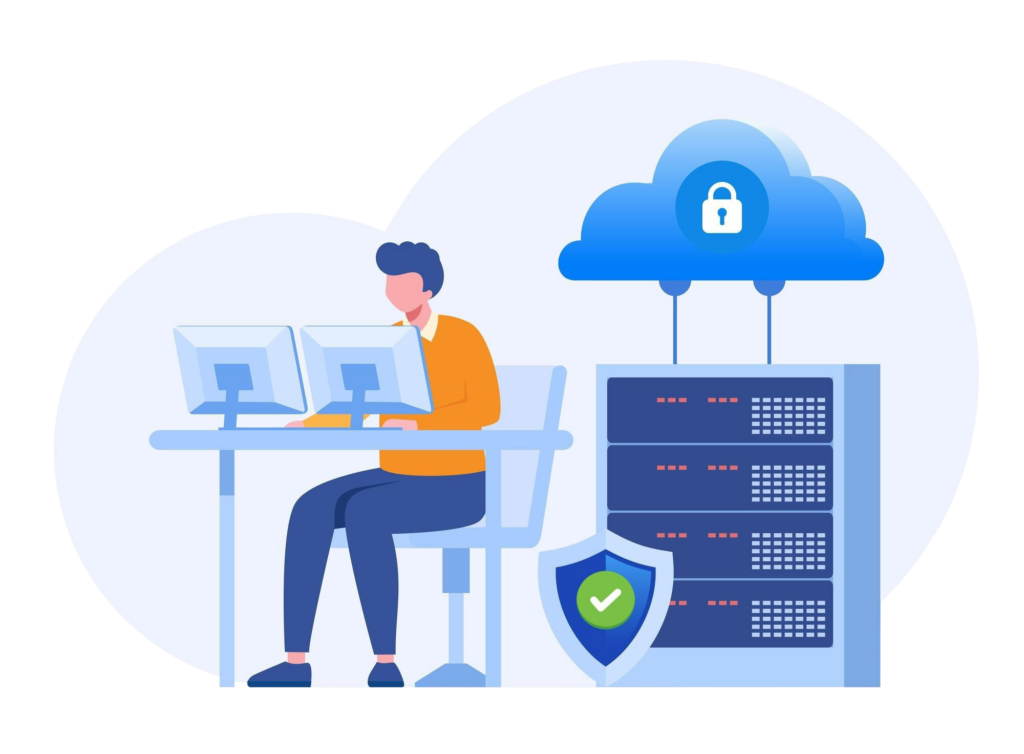
Address Compliance Requirements with Confidence
Leveraging cloud security tools to ensure that your cloud environment meets regulatory standards and industry best practices by automating compliance checks and maintaining a consistent posture to confidently demonstrate adherence to relevant laws and policies.
Customers We Are Protecting 24/7
With industry-leading tools and expertise, we provide real-time visibility into security risks, ensuring that every aspect of their cloud infrastructure is secure and compliant. Our tailored solutions identify vulnerabilities before they become threats, helping businesses minimize potential risks while maintaining operational efficiency.

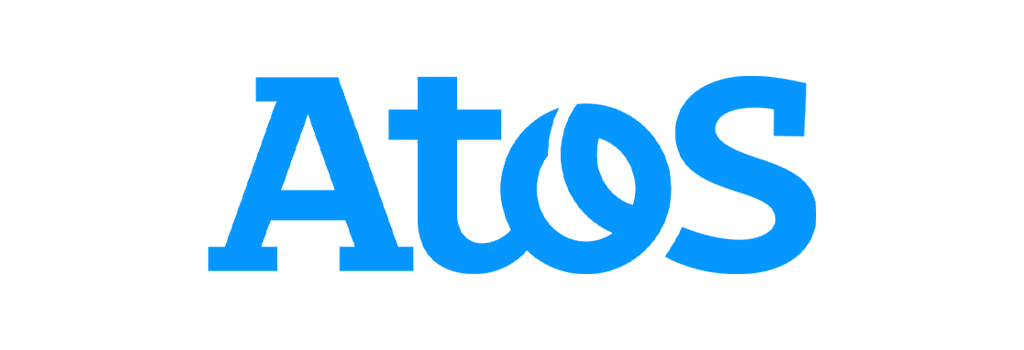
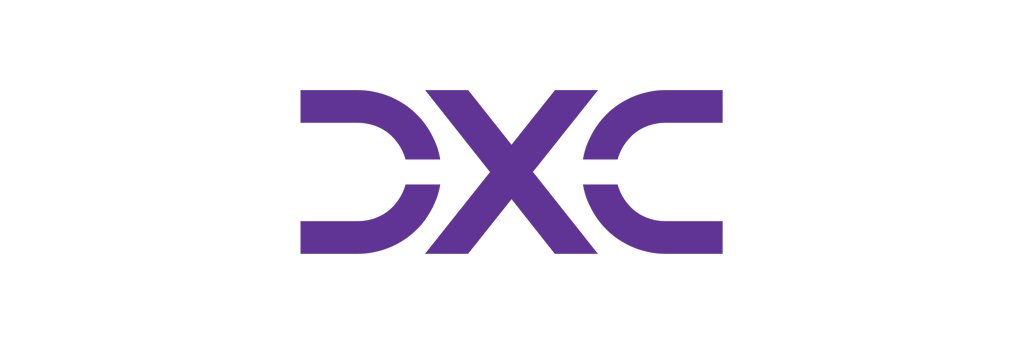


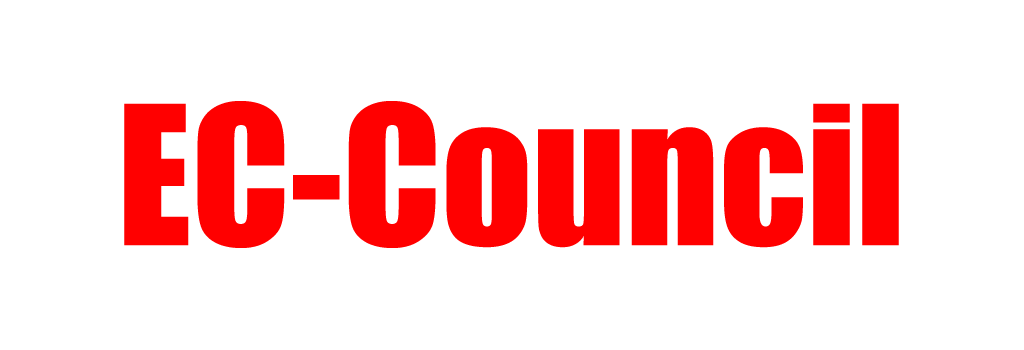
Frequently Asked Questions
We’ve gathered answers to the most frequently asked questions. If you have any other queries, our support team is always here to help!
What is CSPM?
Cloud Security Posture Management (CSPM) is a cloud security solution that enables organizations to identify and remediate risks and any misconfigurations in their cloud infrastructure so they can reduce their attack surface.
Gartner first named CSPMs as a cloud security category in 2014. CSPMs emerged as a necessary solution to help organizations maintain the proper configurations of cloud services as they migrated to popular public cloud environments such as AWS, Azure, and Google Cloud.
Why is CSPM important?
Cloud misconfigurations are a top cloud security concern. Several factors increase their likelihood, including insufficient monitoring, unrestricted access controls, mismanaged secrets, unreviewed default values, and more. According to a Gartner survey, misconfigurations cause 80% of all data security breaches, and predictions are that until 2025, 99% of cloud environment failures will be attributed to human errors.
How does CSPM work?
A CSPM helps security teams remediate misconfigurations and maintain compliance by monitoring the cloud control plane and ensuring that it aligns with defined security policies. More specifically, a CSPM:
1. Maintains a cloud asset inventory: Creates and maintains an organized inventory of all cloud infrastructure.
2. Ensures cloud compliance: On an ongoing basis, tracks cloud assets for compliance against relevant regulatory frameworks and industry benchmarks.
3. Defines and enforces policies: Identifies and enforces policies for accessing data and compliance reporting.
4. Detects cloud threats: Identifies risks in your cloud infrastructure and creates alerts for remediation.
5. Facilitates incident response: Assists incident response by presenting relevant information and guidance needed to remediate risks or compliance issues.
What are the limitations of CSPM?
CSPMs are essential for cloud security, however traditional CSPM solutions present important limitations, including:
Only cover control plane: CSPMs provide visibility into cloud configurations (control plane) but not cloud workloads (data plane). As a result, they have no insight into vulnerabilities, malware, or exposed secrets.
Alert fatigue: Without visibility into workloads, CSPM solutions lack the unified insight to fully contextualize risks and prioritize alerts based on the full context.
No identity and permissions management: CSPM tools also don’t manage access controls, permissions, or entitlements. To support and enforce the principle of least privilege (PoLP), organizations need a cloud infrastructure entitlement management (CIEM) solution.
